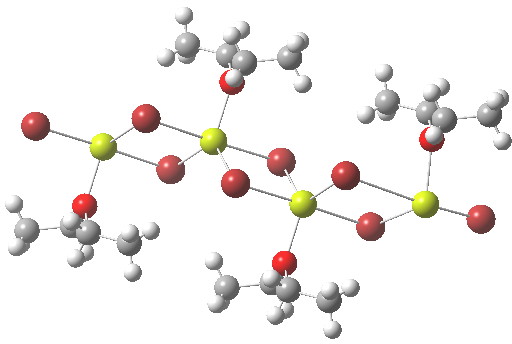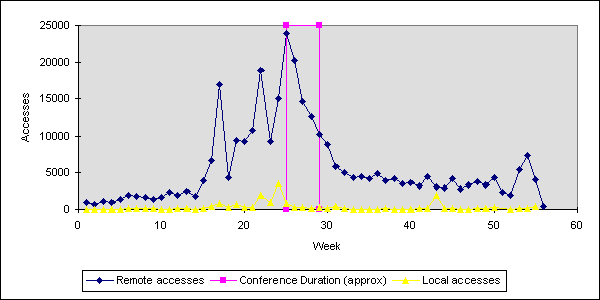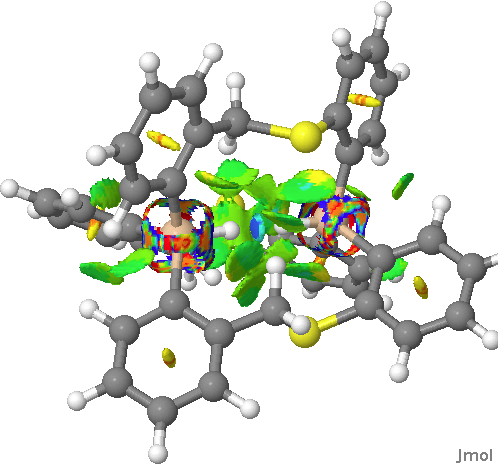
The following is a short question in a problem sheet associated with introductory organic chemistry.

The following is a short question in a problem sheet associated with introductory organic chemistry.
The concept of kinetic vs thermodynamic control of a reaction is often taught in the context of the enolisation of e.g. 1-methylcyclohexanone as induced by a base.
The element silicon best represents the digital era of the mid 20th century to the present;
The 1 H NMR spectrum of an aromatic molecule such as benzene is iconic; one learns that the unusual chemical shift of the protons (~δ 7-8 ppm) is due to their deshielding by a diatropic ring current resulting from the circulation of six aromatic π-electrons following the Hückel 4n+2 rule.
Homoaromaticity is a special case of aromaticity in which π-conjugation is interrupted by a single sp 3 hybridized carbon atom (it is sometimes referred to as a suspended π-bond with no underlying σ-foundation). But consider the carbene shown below. This example comes from a recently published article[cite]10.1021/ja407116e[/cite] which was highlighted on Steve Bachrach’s blog.

I reminisced about the wonderfully naive but exciting Web-period of 1993-1994. This introduced the server-log analysis to us for the first time, and hits-on-a-web-pag e. One of our first attempts at crowd-sourcing and analysis was to run an electronic conference in heterocyclic chemistry and to look at how the attendees visited the individual posters and presentations by analysing the server logs.
In 1993-1994, when the Web (synonymous in most minds now with the Internet) was still young, the pace of progress was so rapid that some wag worked out that one “ web-year ” was like a dog-year, worth about 7 years of normal human time. So in this respect, 1994 is now some 133 web-years ago. Long enough for an archaeological excavation.

This is a continuation of the discussion started on Steve Bachrach’s blog about a molecule with a very short H…H interaction involving two Si-H groups with enforced proximity. It had been inferred from the X-ray structure[cite]10.1021/ja407398w[/cite] that the H…H distance was in the region of 1.50Å. It’s that cis-butene all over again! So is that H…H region a bond? Is it attractive or repulsive? Go read Steve’s blog first.
In the two-publisher model I proposed a post or so back, I showed an example of how data can be incorporated (transcluded) into the story narrative of a scientific article, with both that story and the data each having their own independently citable reference (using a doi for the citation). Here I take it a step further, by publishing a functional procedure in a digital repository[cite]10.6084/m9.figshare.811862[/cite] and
The best known example of the gauche effect is 1,2-difluoroethane, which exhibits a relatively small preference of ~0.5 kcal/mol for this conformer over the anti orientation, which is also a minimum. But FSSF, which I discussed in the previous post, beats this hands down!
Paul Schleyer sent me an email about a pattern he had spotted, between my post on F 3 SSF and some work he and Michael Mauksch had done 13 years ago with the intriguing title “ Demonstration of Chiral Enantiomerization in a Four-Atom Molecule ”.[cite]http://doi.org/d8g2nw[/cite] Let me explain the connection, but also to follow-up further on what I discovered in that post and how a new connection evolved.